When it comes to straightening teeth and correcting improper bites, Invisalign clear aligners offer a unique and convenient experience compared to traditional metal braces.
As of last week, I’ve officially completed my 15-month-long Invisalign treatment!
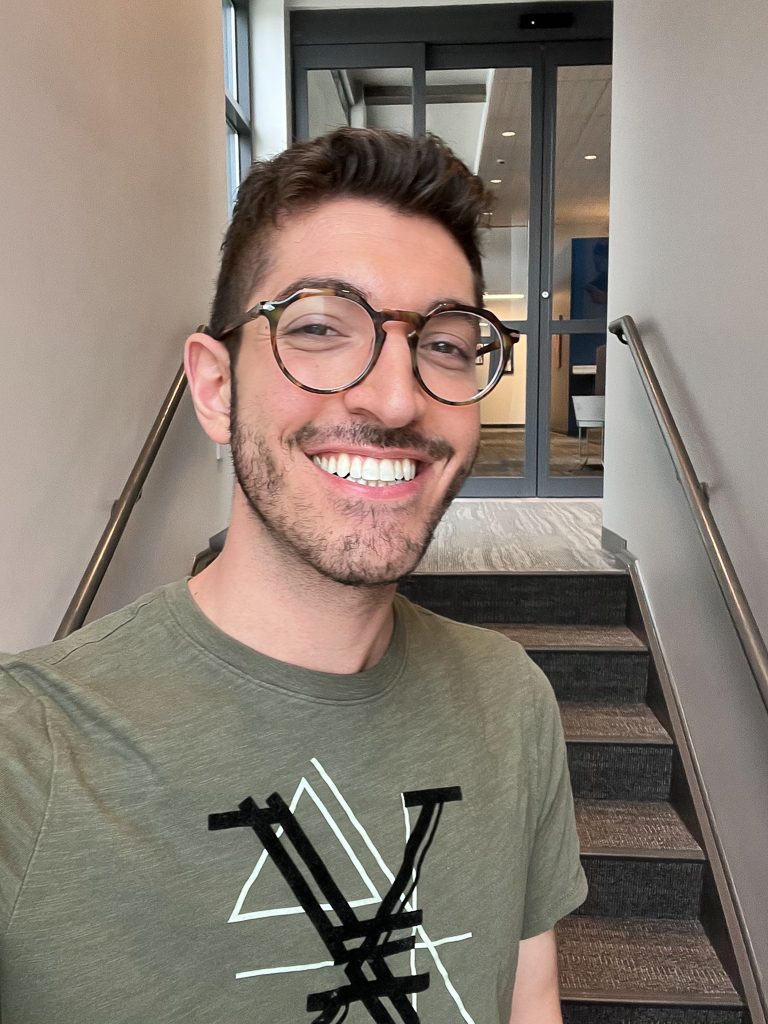
I couldn’t be more excited. As a high school student, I wore metal braces for two years. Even though I wore my retainer consistently, my bite shifted after my teenage years and required realignment.
Now, during my mid-20s, I’ve undergone Invisalign correction as a re-treatment case lasting 64 weeks in total.
Disclaimer: The following information is being shared for informative entertainment purposes only. Be sure to consult your dentist or orthodontist for personalized medical advice.
INVISALIGN VS. BRACES
Unlike braces which use metal wires and brackets to move teeth, Invisalign consists of wearing a series of clear plastic trays that gradually shift your teeth by applying pressure to them. The Invisalign process works drastically different than traditional braces even though the end result can be similar.
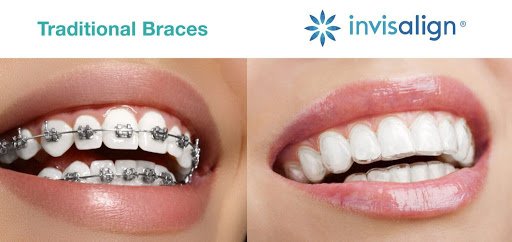
As a patient who has now experienced both types of “braces” firsthand, I have decided to share my experience on my blog for others to learn from.
In this post, I’ll attempt to answer some of the most common questions I’ve received by email and from friends during my treatment.
IS INVISALIGN EXPENSIVE?
The cost of Invisalign can range a lot depending on the complexity of your case. Of course, the best way to find out is to see an orthodontist for a professional consultation. Incidentally, I’ve heard/read stories of people saying between $3,000 to $4,000 on average. With Insurance, it seems some may pay as little as $2,000 meanwhile out of pocket, others may pay as much as $7,000.
There’s a big range because there are a lot of factors that come into play.
WHY IS INVISALIGN SO DIFFICULT?
Did you know a lot of people decide not to move forward with Invisalign after starting? It’s true! I’ve heard more than a handful of stories of people who started only to quit a few weeks later.
Why do you think that happens?
From what I’ve gathered, these are the main reasons why people tend to quit Invisalign.
DOES INVISALIGN HURT?
People seem to think Invisalign will hurt a lot. Without a doubt, this was the question people asked me the most while I was going through my treatment. In my case, Invisalign did not hurt!
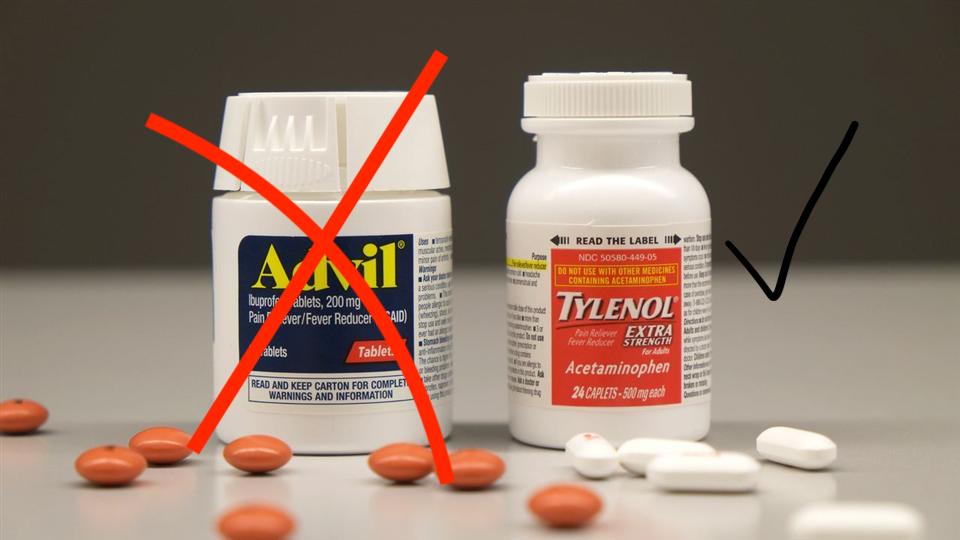
I had to take Tylenol once or twice, but that was it. (Studies suggest Invisalign patients should avoid Motrin and Advil.)
Maybe I had a dull headache or some tension here or there, but it was never anything serious. I distinctly remember metal braces as a kid hurting much more.
If fear of pain is holding you back, don’t let it!
ADJUSTING TO INVISALIGN
Having plastic in your mouth can be a tough adjustment for some. My first week with Invisalign was spent full of doubt. I questioned if I made a mistake. Feeling some sort of claustrophobic feeling in my mouth, I didn’t know where to put my tongue and felt like I couldn’t breathe right. Thankfully, I adjusted quickly. In fact, you get to a point where you feel weird when you don’t have your Invisalign on.

I guess some people can’t keep up with the routine, don’t want the commitment, or live too busy of a life to keep up with it. Some people don’t want attachments. Some people don’t trust themselves to wear something that can be so easily removed.
One solution never works for everyone.
INVISALIGN COMPLIANCE REALLY MATTERS
Invisalign is simple: You wear it, it works. You don’t, it won’t!
Advertisement:
The standard rule of thumb is to keep your aligners on for at least 22 hours each day. Since most treatments range from 1 to 3 years in duration, you can already see how long of a commitment it is.
Wearing Invisalign properly involves dedication, planning, and a willingness to remain compliant throughout treatment. For this reason, I can imagine this process being especially difficult for some children. It has to be worn each day.
EXPECTATIONS VS. REALITY
In my post, 10 Things I Wish I Knew about Invisalign, I touched on 10 things I wished someone would have told me before getting started. In this section, I want to add 3 more points to that list.
Here are 3 “ugly truths” no one will tell you about Invisalign! 😉
Don’t let that mislead you to think I hate Invisalign. I don’t hate Invisalign at all! It’s well worth the cost.
INVISALIGN TREATMENT TIME WITH REFINEMENTS
My initial treatment consisted of 38 trays. I thought that after 38 trays, I would finally be finished if I could follow the guidelines as directed.
Even though I wore my aligners religiously, I STILL required refinements.
After I went in for a check-up, my orthodontist decided I would benefit from refinements so I had to have the attachments de-bonded from my teeth, my teeth re-scanned, a new treatment plan created, Invisalign refinement aligners ordered, new attachments bonded back onto my teeth, and then I received another 9 aligners to wear 4 weeks later.
I was appreciative that there weren’t any additional costs for those refinements.
After completing the refinement aligner series, my orthodontist decided I needed a third smaller adjustment so he created another 2 aligners in-house using his own custom-made aligner lab to help make some last-minute adjustments.
Advertisement:
These off-brand aligners weren’t as flexible or as comfortable as Invisalign’s aligners, but they still did the job. I thought it was impressive that his lab had the ability to make something like that!!
If you order refinements from Invisalign, it can take 4 weeks to get them.
There are no ways to predict if (or how many) refinements you may need.
All in all… I’m satisfied with the 64 weeks it took. Just a bit over 1 year. Not too bad.
THE SOCIAL IMPACT OF INVISALIGN
Imagine someone randomly offers you a piece of cake at a party, now you have to excuse yourself to remove the aligners so you can eat it. And of course, once you’re all done with the cake, you have to excuse yourself again to (hopefully) brush, floss, and place your aligners back on. It becomes a constant game of on & off during breakfast, lunch, dinner, and every other snack in between.
For me, this was a very challenging part of my treatment.
Dealing with the Invisalign aligners in social settings such as while at large events, restaurants, and traveling got old very quickly.
I am so glad that a significant portion of my treatment took place during the pandemic when social events were minimal and mask-wearing was the new normal.
The flip side to this point is that some people take them out wherever they are, regardless of who is around, and simply don’t care. If that works for you, great. I never felt comfortable doing that.
THE LIFELONG RETAINER PROCESS
I think this is potentially the hardest pill to swallow for anyone who endures braces or Invisalign.
The reality is that even after patiently and diligently enduring your adjustments over the span of a year or more… you’ve completed your treatment only to be told you now need to wear a retainer for the rest of your life.
Just great. At least in my experience, I always felt eager to be appliance-free after going through my orthodontic treatments. Naturally, I’ve never been particularly excited to hear about needing to wear retainers indefinitely after finishing.
After completing my Invisalign treatment, I received two removable retainers. One for the top and one for the bottom. Both retainers were manufactured in-house at my orthodontist’s own retainer lab. They look just like Invisalign aligners but they have a much lower profile covering only 2/3 of each tooth’s surface and they are made of a much harder, more dense plastic material. In comparison, Invisalign aligners are made of flexible plastic and they tend to contour to your gumline.
Advertisement:
RULES FOR WEARING A RETAINER AFTER INVISALIGN
Each orthodontist may dictate his or her own rules. You should always consult your own orthodontist for professional advice on how to wear your retainer properly. I’ll share the guidelines that were given to me by my orthodontist:
- If you’re over the age of 23, you must wear them each night for 3 years.
If you are under the age of 23, wear them each night until you’re 23.* - After 3 years of nightly wear, you can begin to reduce the frequency.
- Month 1: Every other night.
- Month 2: Every 2nd night.
- Month 3: Twice a week.
- Months 4 & 5: Once a week on Sunday.
- At six months, you simply need to try them on once a week to make sure nothing is moving.
If at any point the retainer feels snug, wear your retainer more frequently.
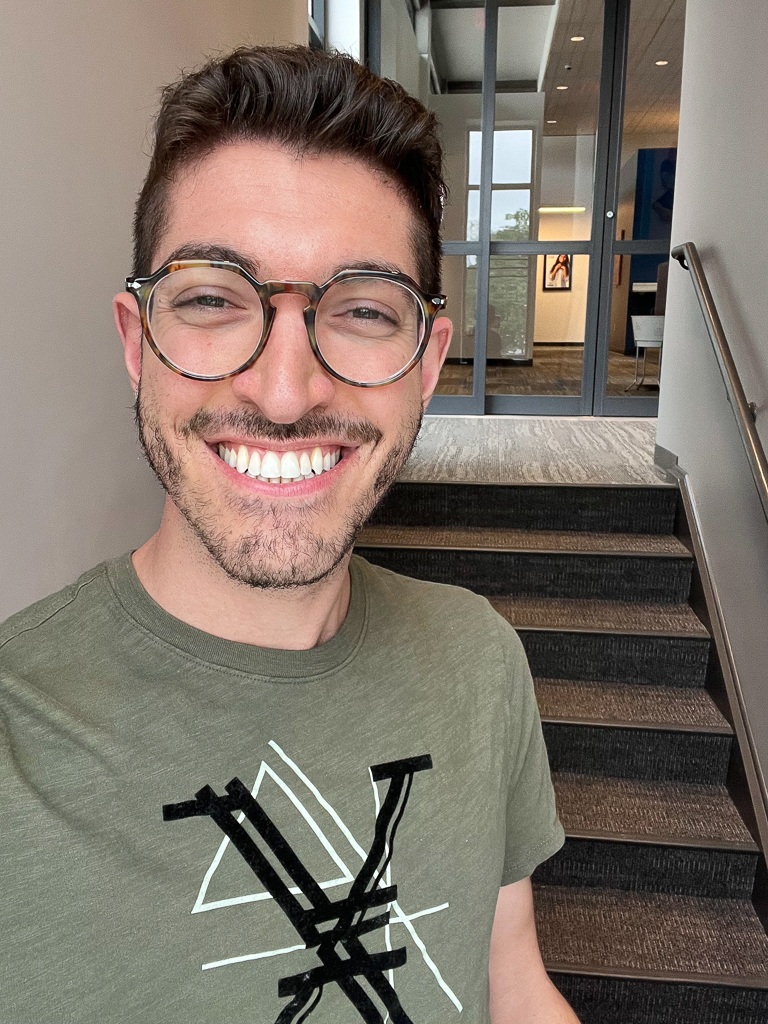
To Learn More About My Experience With Invisalign
If you would like to read more about this topic, you can also read my other Invisalign posts:
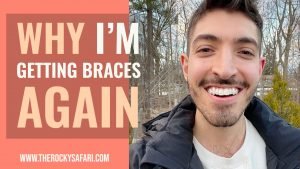
I welcome you to share your experience with Invisalign in the comments below!
Advertisement:



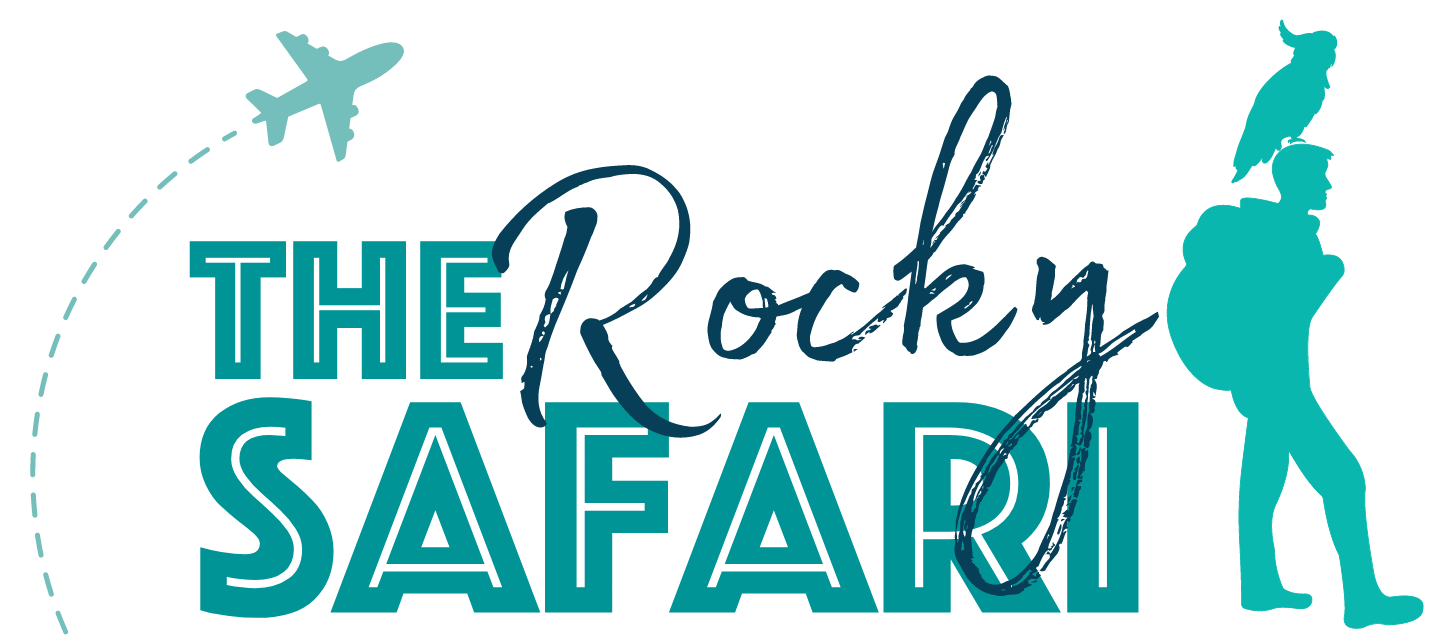
Your teeth look great! I actually got braces twice, once for three (almost four years), and then twice for about a year and a half (just for my bottom, as the teeth shifted a bit). So about five-ish years total– very grateful my teeth are looking good today, but I don’t plan to repeat the arduous process! Even though I don’t technically need to wear retainers every day, I wear them every night when I go to bed. Although given I haven’t been to the ortho in so long, I wonder if I need to have my retainers adjusted, as they might’ve loosened over the years…any case, Invisalign sounded like a worthy investment for you, to have your teeth neat and orderly!
Thank you so much, Rebecca! Yes, it can definitely be a long process… but the results are almost always worth the struggle. It’s great that you still wear your retainers. If you have any doubt, it never hurts to go for a check up. I definitely think Invisalign was well worth the investment. I’m happy I did it when I did.
Your teeth look great. I also did Invisalign but was rubbish with the trays – it took me 3 years because I kept needing refinement. Then I wore them religiously for a year and the bottom teeth wouldn’t completely move so we gave up. In the end my teeth are much better but not perfect like yours.
Thank you very much, Hannah! 🙂 Believe me, mine are far from perfect but I can walk away content with knowing they are now as good as they possibly can be. Getting a proper alignment was a struggle, but I’m happy they managed to avoid me needing jaw surgery. I am happy with the results. Invisalign is a big investment. For what it’s worth, I think you have a beautiful smile. ^.^
You are too kind 🙂 Have a great weekend
Have a great weekend! 🙂